Key Takeaways
- For heavy loads or child transport, go for hydraulic disc brakes with 180–203mm rotors.
- For light use or smaller budgets, mechanical disc brakes are fine but require more frequent adjustment.
- Cargo trikes need multi-wheel braking and extra attention to stability.
- A good cargo bike disc brake system is judged by braking distance, lever feel, and heat resistance under load.
- When upgrading, always check compatibility (mounts, rotors, levers) and change the full set if possible.
Why Cargo Bikes Need Stronger Brakes
Extra weight means extra braking power
Unlike a standard city bike, a cargo bike is designed to carry more—children, pets, groceries, or even business deliveries. All of this additional weight puts far greater stress on the braking system. The heavier the load, the more energy the brakes must absorb and release as heat. Without the right cargo bike brakes, stopping distances can increase dangerously, especially when going downhill.
👉 If you want a deeper dive into why e-cargo bikes need stronger brakes, this guide on cargo bike braking fundamentals offers a useful technical breakdown.
Safety for passengers and cargo
Most families and businesses rely on a cargo bike not just for transport but also for safety. Children, fragile items, and valuable goods demand a smooth and reliable braking system. A safe stop is not only about comfort—it’s about preventing accidents and keeping your loved ones secure.
Disc Brake Basics for Cargo Bikes
Mechanical vs Hydraulic Brakes

When comparing cargo bike disc brakes, two main types stand out: mechanical and hydraulic.
- Mechanical disc brakes: Affordable and easier to maintain with simple tools. However, they require more frequent adjustment and are less powerful under heavy loads.
- Hydraulic disc brakes: Deliver stronger, smoother braking with excellent performance in wet conditions. They cost more and need professional servicing but are the gold standard for safety and comfort.
For everyday family use or commercial delivery, cargo bike hydraulic brakes are strongly recommended.If you’re curious about the exact types of brakes different cargo bikes use, check this overview of cargo bike braking systems.
Rotor size matters
Rotor diameter plays a huge role in braking efficiency. Larger rotors generate more stopping power and dissipate heat better. For most cargo bikes, rotors in the 180–203mm range are ideal. Smaller rotors may be acceptable for light loads and flat terrain, but they can quickly overheat on descents.
Cargo Trikes and Their Special Needs
Cargo trikes (three-wheel cargo bikes) are heavier and handle differently from two-wheel versions. Their braking systems must be more robust:
- Braking on multiple wheels ensures stability and prevents tipping.
- Stronger rotors are essential to handle the additional weight.
- Smooth modulation avoids sudden skidding, which could cause the trike to lean dangerously.
Investing in high-quality cargo trike brakes is crucial for safety, especially when transporting children or riding in urban traffic.For riders wanting step-by-step instructions, this cargo bike disc brake tutorial explains adjustment and maintenance in detail.
What Affects Cargo Bike Braking?
Several factors determine how effective your cargo bike disc brakes will be:
- Load weight and distribution – A heavy front box increases stress on the front brake, while rear loads can unbalance stopping power.
- Speed and terrain – Long downhill routes and higher speeds require stronger systems.
- Wheel size – Larger wheels mean longer stopping distances.
- Weather conditions – Rain and mud reduce friction. Hydraulic brakes with sintered pads perform best in wet weather.
How to Check If Your Brakes Are Good Enough
Simple tests you can do today
- Lever feel – When braking hard, the lever should not pull all the way to the handlebar.
- Stopping distance – At 15 km/h with a full load, you should stop within 3–4 metres.
Heat check – If your rotors turn blue or you lose braking power on descents, it’s time for a cargo bike disc brake upgrade.
Choosing the Right Brakes for Your Cargo Bike
By Riding Purpose
| Riding Scenario | Recommended Setup |
|---|---|
| Family transport (children) + regular heavy loads + hilly terrain | Full hydraulic disc brakes + large rotors (180–203mm) + quality calipers + heat-resistant sintered pads + reinforced brake levers |
| City shopping / short commuting / light loads | Mechanical disc brakes or entry-level hydraulics + mid-sized rotors (160–180mm) + regular cleaning and adjustment |
| Business delivery / frequent heavy loads / long downhill rides | High-end hydraulic system with 4-piston calipers + oversized rotors + premium pads + complete upgrade kit + good heat management |
By Budget
| Budget Level | Typical Price (Europe/US) | What You Get |
|---|---|---|
| Entry-level | €40–120 | Mechanical disc brake kit – suitable for light loads, flat terrain, or occasional use |
| Mid-range | €150–350 | Entry or mid-level hydraulic disc brakes – better rotors, improved calipers, and more consistent adjustment |
| High-end / Flagship | €350–800+ | Premium hydraulic systems with 4-piston calipers, large rotors, sintered pads, branded components, and strong after-sales support |
This gives you a clear idea of cargo bike disc brake price ranges and what you can expect at each level.
Upgrading or Replacing Brakes
Upgrade tips
When considering a cargo bike disc brake upgrade, always check:
- Rotor size compatibility.
- Frame and fork mounts.
- Lever and caliper match.
For the best performance, replace the whole system—rotors, calipers, levers, and cables/hoses—rather than mixing old and new parts.
Replacement cycle
- Brake pads – Replace every 1,000–3,000 km depending on load (€8–30 per pair).
- Rotors – Replace when worn thin or warped (€20–60 each).
- Hydraulic fluid – Service when the lever feels spongy.
These costs fall under regular cargo bike disc brake replacement and should be factored into your maintenance budget.
Buying a Cargo Bike Disc Brake Kit
When shopping for a cargo bike disc brake kit, look for:
- 4-piston calipers for maximum stopping power.
- Larger rotors (180–203mm).
- High-quality hoses and levers for smooth action.
- Guaranteed compatibility with your bike’s frame and wheels.
Best Cargo Bike Disc Brakes – What “Best” Really Means
There’s no single best cargo bike disc brake for everyone. The right system depends on your riding style, load, terrain, and local availability of parts. The best choice is the one that matches your lifestyle and can be serviced easily in your region.
Maintenance Tips
To get the most out of your cargo bike brakes:
- Check pads and rotors regularly.
- Keep levers, calipers, and cables clean.
- Bleed hydraulic systems when the lever feels soft.
- Replace pads before they are fully worn to protect your rotors.
Regular care ensures your cargo bike disc brakes remain safe and reliable.
More cargobike maintance may help you here.
Case Example: Applying These Principles to a Modern E-Cargo Bike

To make the theory more tangible, let’s take the UM-SE electric cargo bike from United Ebike as an example . Its design illustrates how brake system requirements align with the principles discussed above:
| Feature | Brake System Requirement |
|---|---|
| Motor drive with higher torque | The brake system must withstand greater energy input and output, with either hydraulic or high-quality mechanical systems offering reliable heat management. |
| Higher load capacity | Larger rotors (around 180–203 mm) are needed to maximise braking surface and heat dissipation. |
| Urban stop-and-go riding | Brake levers should provide precise, responsive feedback to prevent excessive wear or a sluggish braking feel. |
| Downhill rides or heavy loads with electric assist | Heat fade becomes a more serious concern, so heat-resistant brake pads (such as sintered pads) are recommended, alongside regular servicing of hydraulic fluid or cables. |
This case highlights that choosing a braking system is not only about raw stopping power. It is about how well the brakes perform under real-world conditions—from carrying heavy loads and managing motor torque, to ensuring consistent control in busy city environments.
FAQs
Are hydraulic brakes worth it for cargo bikes?
Yes. If you carry children, heavy loads, or ride in hilly areas, cargo bike hydraulic brakes are the safest option.
Can I upgrade my brakes at home?
If you’re experienced with bike mechanics, you can handle a cargo bike disc brake upgrade yourself. For hydraulic systems, it’s safer to use a professional shop.
How much should I spend?
For most families, a mid-range cargo bike disc brake kit in the €150–350 range is ideal. Businesses may prefer to invest in premium systems for reliability under heavy use.
Conclusion
Your braking system is one of the most important safety features on a cargo bike. Whether you’re carrying children, groceries, or business deliveries, the right disc brakes give you confidence and control in every ride.
For everyday use, hydraulic systems with larger rotors are the best choice. Mechanical brakes still work for lighter use and smaller budgets, but regular adjustment is essential.
Whatever you choose, don’t overlook maintenance. Investing in the right cargo bike disc brake kit and replacing parts on time will keep your cargo bike safe, reliable, and ready for every journey.

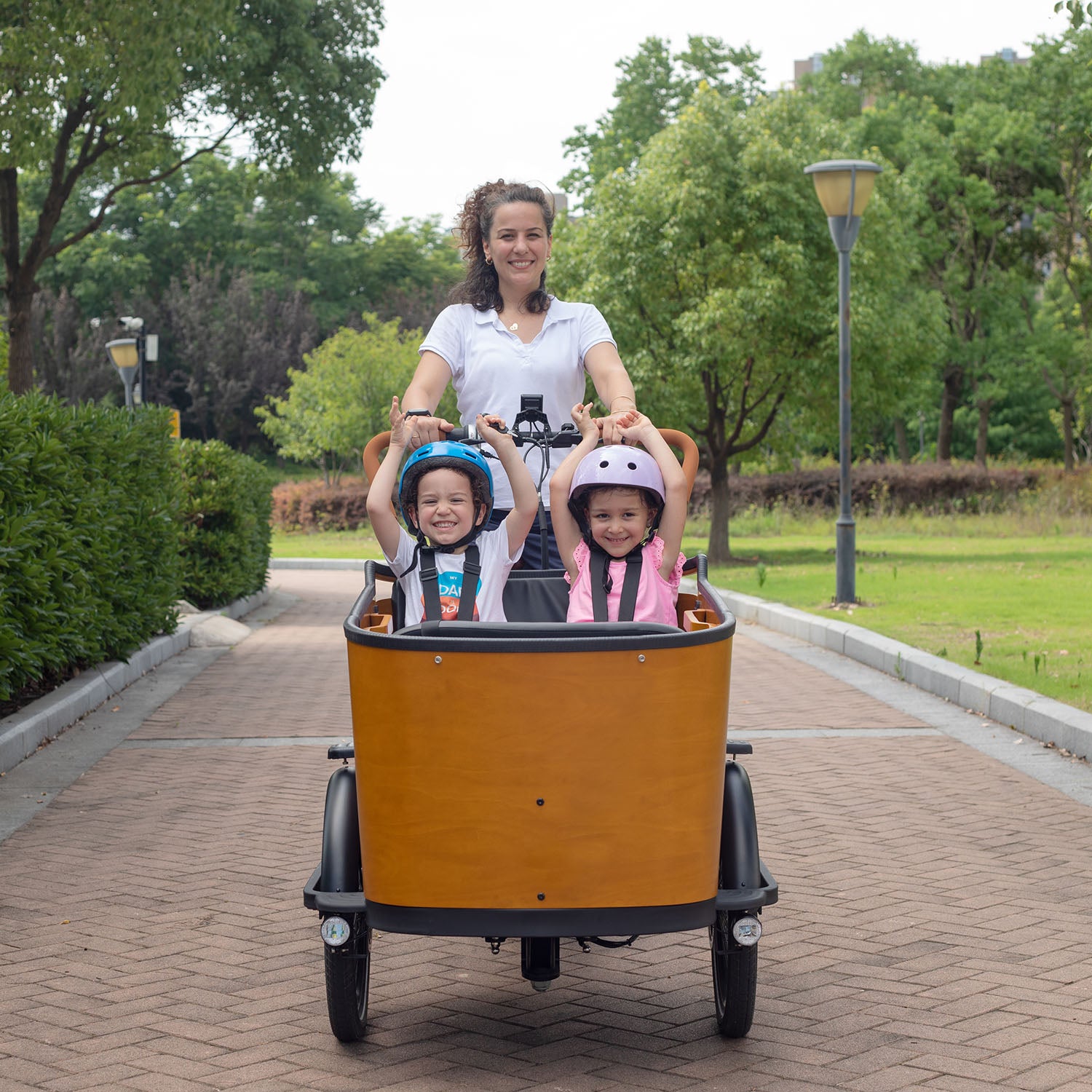
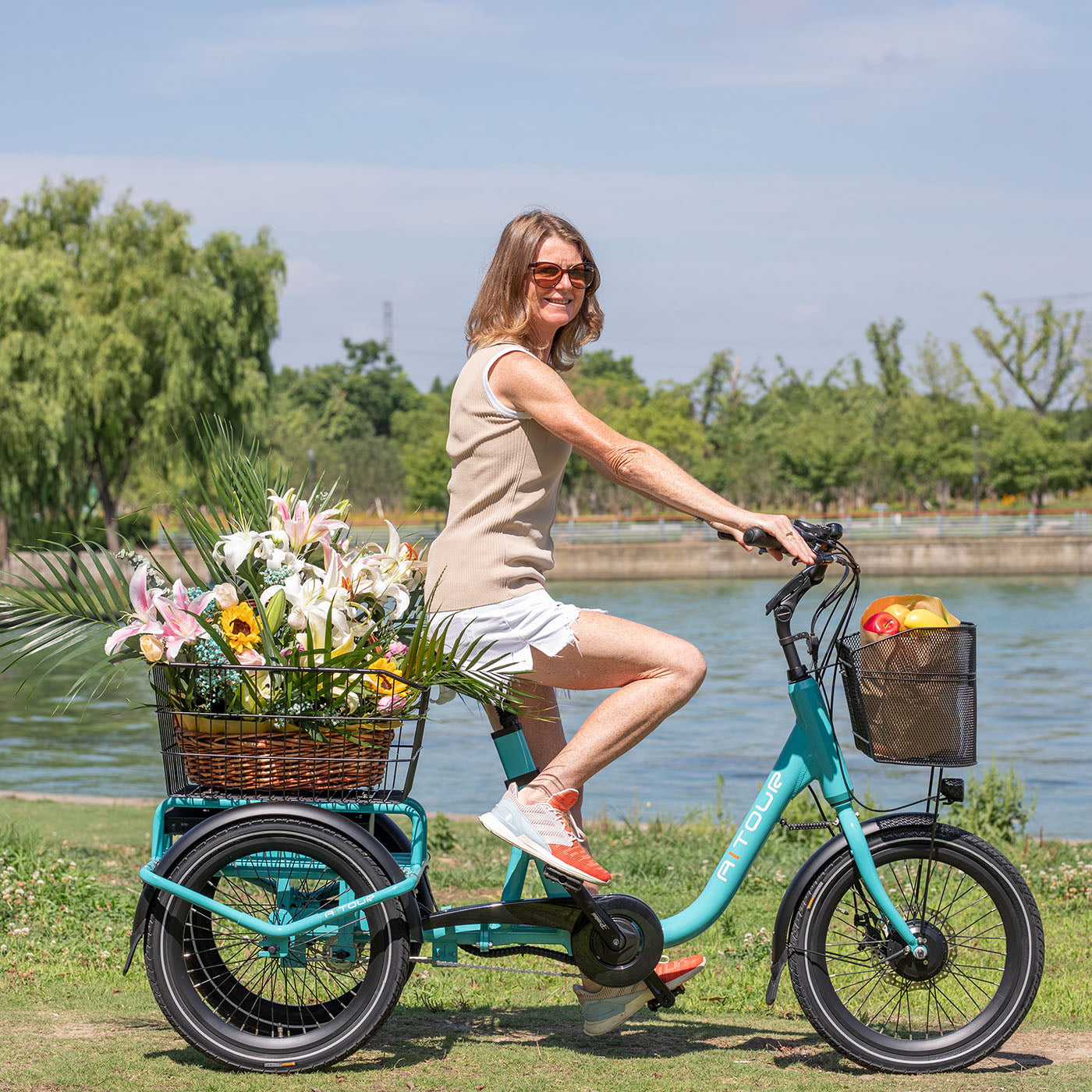
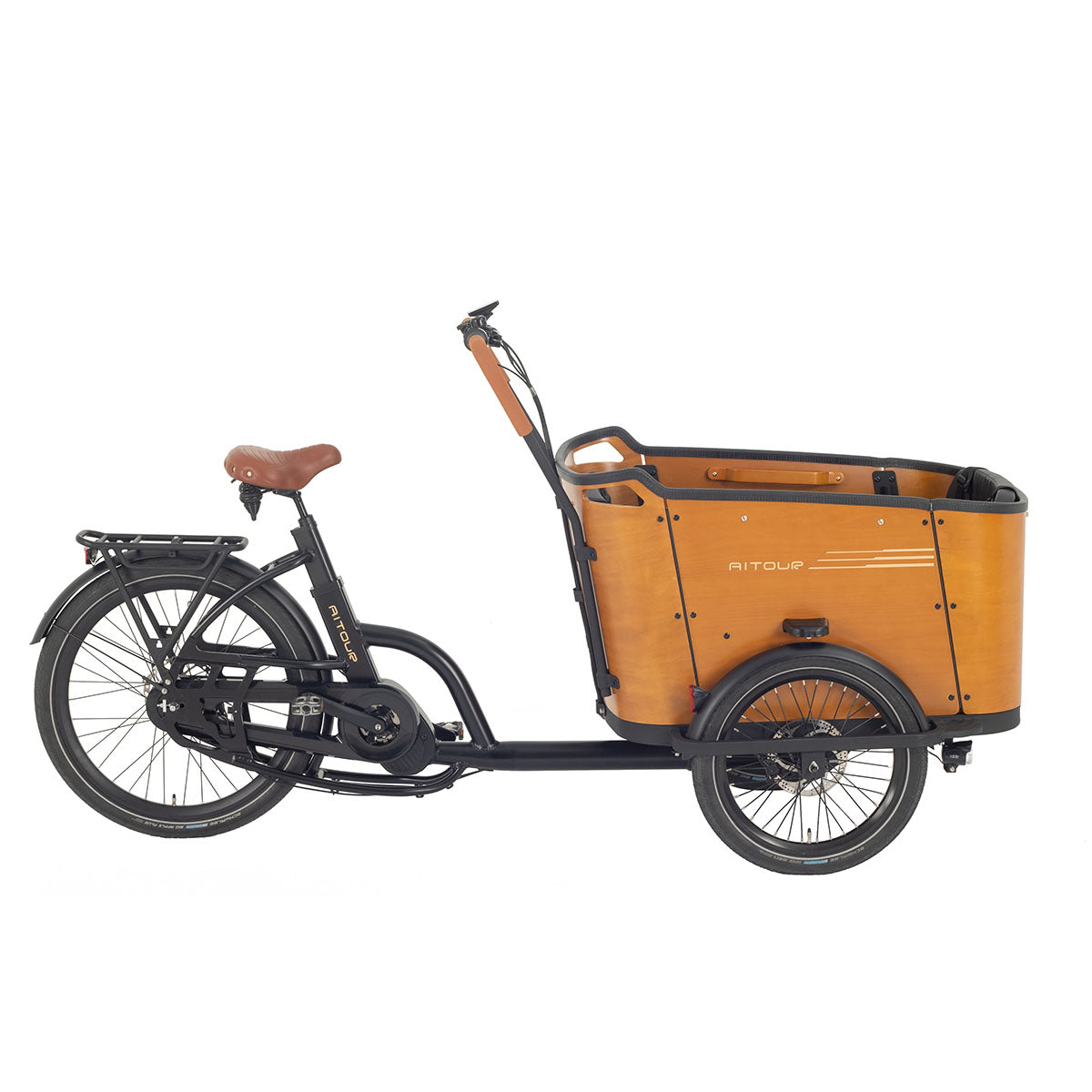
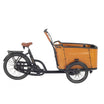
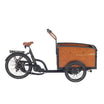
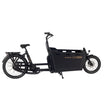
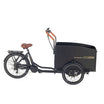
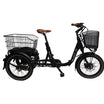
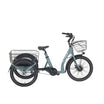
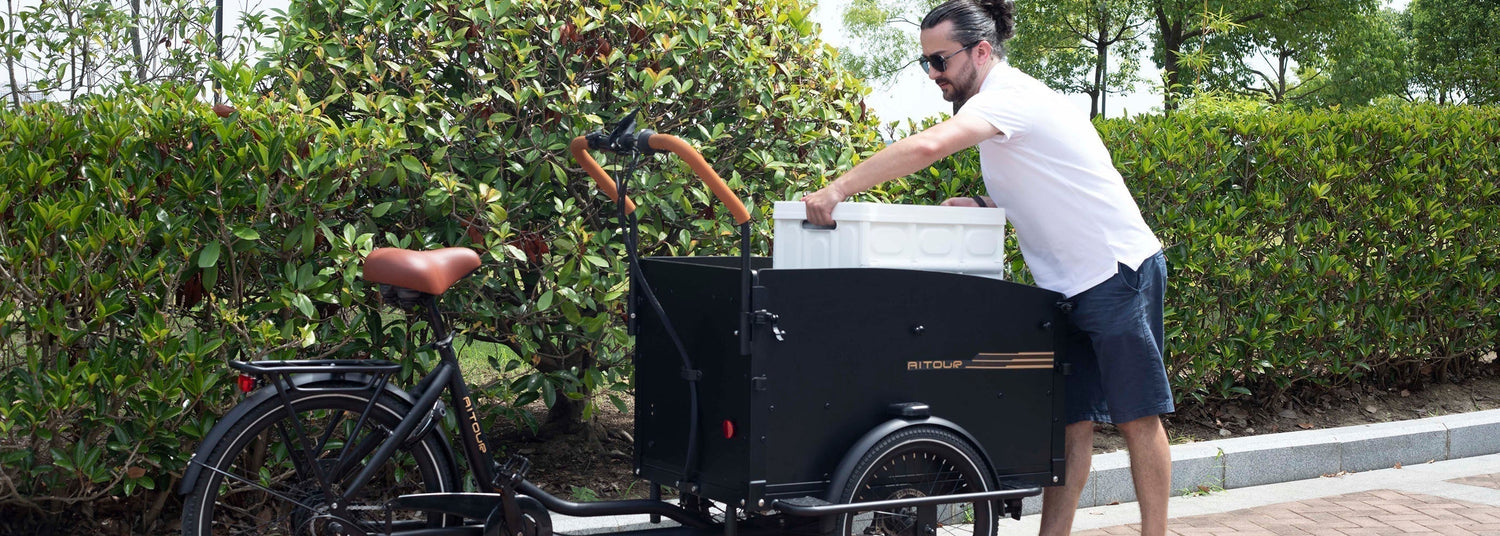

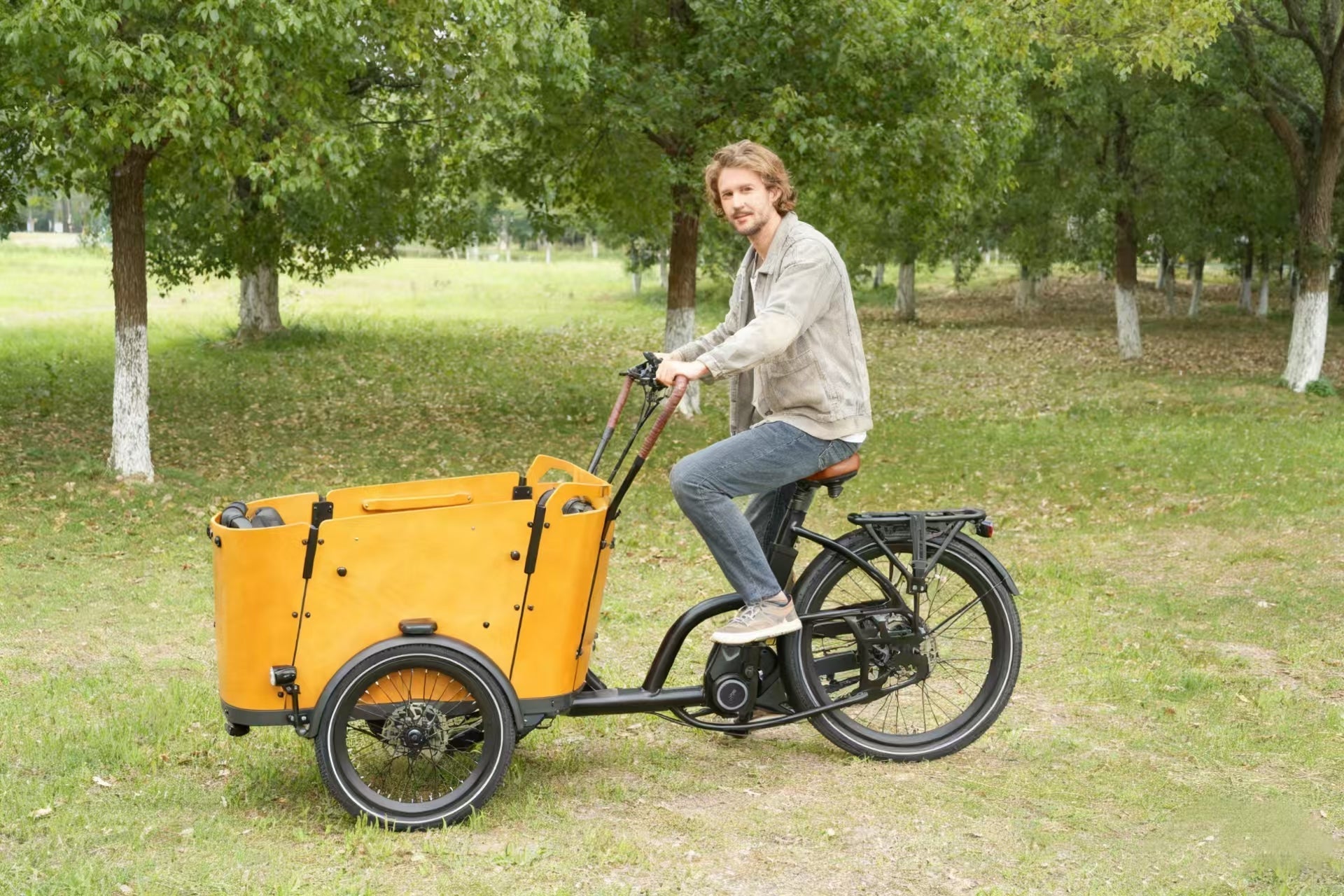

Hinterlasse einen Kommentar
Alle Kommentare werden vor der Veröffentlichung geprüft.
Diese Website ist durch hCaptcha geschützt und es gelten die allgemeinen Geschäftsbedingungen und Datenschutzbestimmungen von hCaptcha.